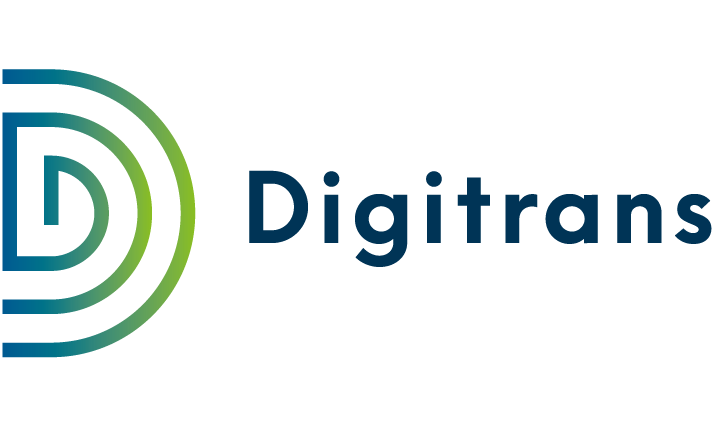Position paper: Automated freight mobility as the key to sustainable development of modern transport
In the future, automated freight mobility and autonomous vehicles will be the key for implementing more environmentally friendly concepts for traffic and freight transport. The new technologies offer numerous opportunities for the sustainable development of our cities, the further development of infrastructure, industry and the research location as well as for more safety and well-being of people.

Summary and Insight:
In the first part of the position paper, the opportunities from the environment of automated freight mobility and commercial vehicles are outlined. In the second part, the contributions that Digitrans and other test regions can make in the area of automated freight mobility are outlined. The third part of the paper elaborates on the need for political action to apply the new technologies and use them in a way that brings us closer to our common development goals.
Please click the button below to load the external content from Yumpu. The privacy policy of Yumpu can be found here.
Only if we set the course in good time and promote future-oriented technologies can sustainable and automated freight mobility become a reality.
free download of the position paper
Opportunities for automated freight mobility of the future:
The Digitrans test region develops concepts for automated freight mobility and transportation of the future. Our work makes contributions to positively influence the progress of the Sustainable Development Goals (SDGs). In our view, the use of autonomously driving vehicles in the area of freight mobility can make a particularly important contribution to four of these sustainability goals:
- Automated commercial vehicles can improve our health and quality of life
- Automated freight mobility and autonomous commercial vehicles increase the effectiveness of infrastructure and help expand the industrial base
- Automated mobility enables the design of sustainable cities and communities
- Automated freight mobility can pave the way to Zero Emission Mobility
What contribution do the test regions make in order to be able to realize
automated freight mobility:
Detailed answers and assessments are still lacking for many of the questions. The idea of how automated freight mobility and autonomous commercial vehicles can be integrated into transport systems is not yet clear enough and the opportunities that present themselves are not yet exploitable.
To find these answers and to create the security and clarity that is needed, the test regions ,especially Digitrans, in Austria are building up the necessary test know-how, as well as the necessary test infrastructure, e.g. on test fields on public roads or on test tracks built for this purpose. The new technologies in the field of automated freight transport and autonomous commercial vehicles are also being further developed and implemented in practical use cases.
You might also be interested in
Further Insights

AWARD H2020 – Project Update: Green Light for Test Operation in Gunskirchen, Upper Austria
AWARD H2020 project update: Test operation under real conditions on partly public roads in Gunskirchen, Upper Austria has started. On the approximately 600m long road section between the two companies BRP-Rotax and the freight forwarder DB Schenker Austria, an automated electric truck with test approval will be tested in real-life operation from June 12, 2023.

AWARD H2020 – Start of test operation for automated freight transport in Gunskirchen, Upper Austria
Start of the test phase in public transport in Gunskirchen. On the approximately 600m long route between the two companies BRP-Rotax and the freight forwarder DB Schenker Austria, an automated electric truck with test approval will be tested in real operation from June 12, 2023.

Automated Freight Transport – EU Project AWARD H2020 – the first project year
Insights on the EU project AWARD (All Weather Autonomous Real logistics operations and Demonstrations) by Digitrans project manager Hannes Watzinger. Insights into an exciting and challenging project year in the field of automated freight transport.
